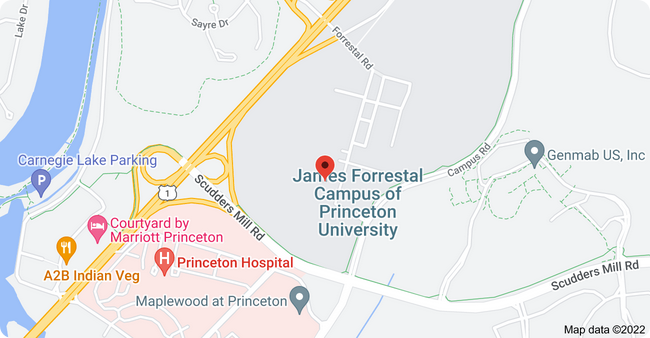In this section we will review provisional and definitive fracture treatment concerns, and highlight some sample cases for you. You learn that fractures have a “personality”- good and bad, and preferred treatments ranging from state of the art to minimal standard of care. At PB&J we always strive for the optimal result, and present all the options for conservative and surgical treatment.
What’s a Fracture?
All materials, including bone, have material properties. These bend or deform in response to stress- we all that strain. If a material breaks with little defomation we call it brittle, if it allows alot of plastic deformation we call it ductile. Glass is brittle, metals are ductile. Bone is in between- pediatric bone is more able to deform without breakage- we call those torus fractures, or partial breakage, greenstick fractures. Above the teenage years, the growth plates close(another big topic), and bone can just break. Osteoporosis can make it easier for a bone to break. A ligament connects bone to bone and when injured we call this a sprain. A tendon connects a muscle to a bone and when injured we call this a strain or tear or pulled muscle. These injuries can be of variable severity and can heal or require repair or reconstruction in some cases.
Provisional Care
Fractures that are out of position or displaced can result in an emergency. These would be if it breaks through the skin- an open or conpound fracture; puts pressure on nerves or arteries, causes the overlying skin to be in danger of necrosis, joints that are dislocated or fracture-dislocated, or causes bleeding into a muscle compartment with the pressure inhibiting blood flow(a compartment syndrome). These need immediate care in an emergency room, not an urgent care center.
Definitive Care
Fractures need to meet minimal acceptable standards of care, if not restoration to normal alignment with healing to minimize disability and deformity. Muscles depend on their normal resting length to generate force- they can only shorten so much. Joints depend on smooth surfaces and any step off can cause arthritis, so fractures that disrupt a joint often call for open treatment with internal fixation(screws, plates). Some fractures like forearm and tibia take so long to heal with immobilization that open teratment is preferred. Some fractures even go on to get partial or full joint replacement if they are hard to heal or are prone to loss of the bones blood supply.
Our approach
We are always available for ER consultation 24/7 through our phone system. With modern computer remote access and cell phones, we can triage, order X-rays, read X-rays, and advise on care from almost anywhere. Before going to the ER or urgent care center, you can call, and have your care expedited- potentially saving hours and not getting set up for the correct care in advance. You do NOT have to do your fracture treatment with the first-call orthopaedist assigned to the ER that day. If you have a preference, or are unhappy with your treatment, we encourage you to call us for a second opinion. You will be getting advice from a board certified or eligible orthopedic surgeon, not a PA. The ER PA or doctor is often overloaded with patients and has to rely on the radiologist reading of Xrays. In orthopedics we must read our own radiology studies since even an in depth description is not enough to guide care. Of course, in the office, we have the highest quality DR X-ray system available and can do reductions and splinting in the office.

